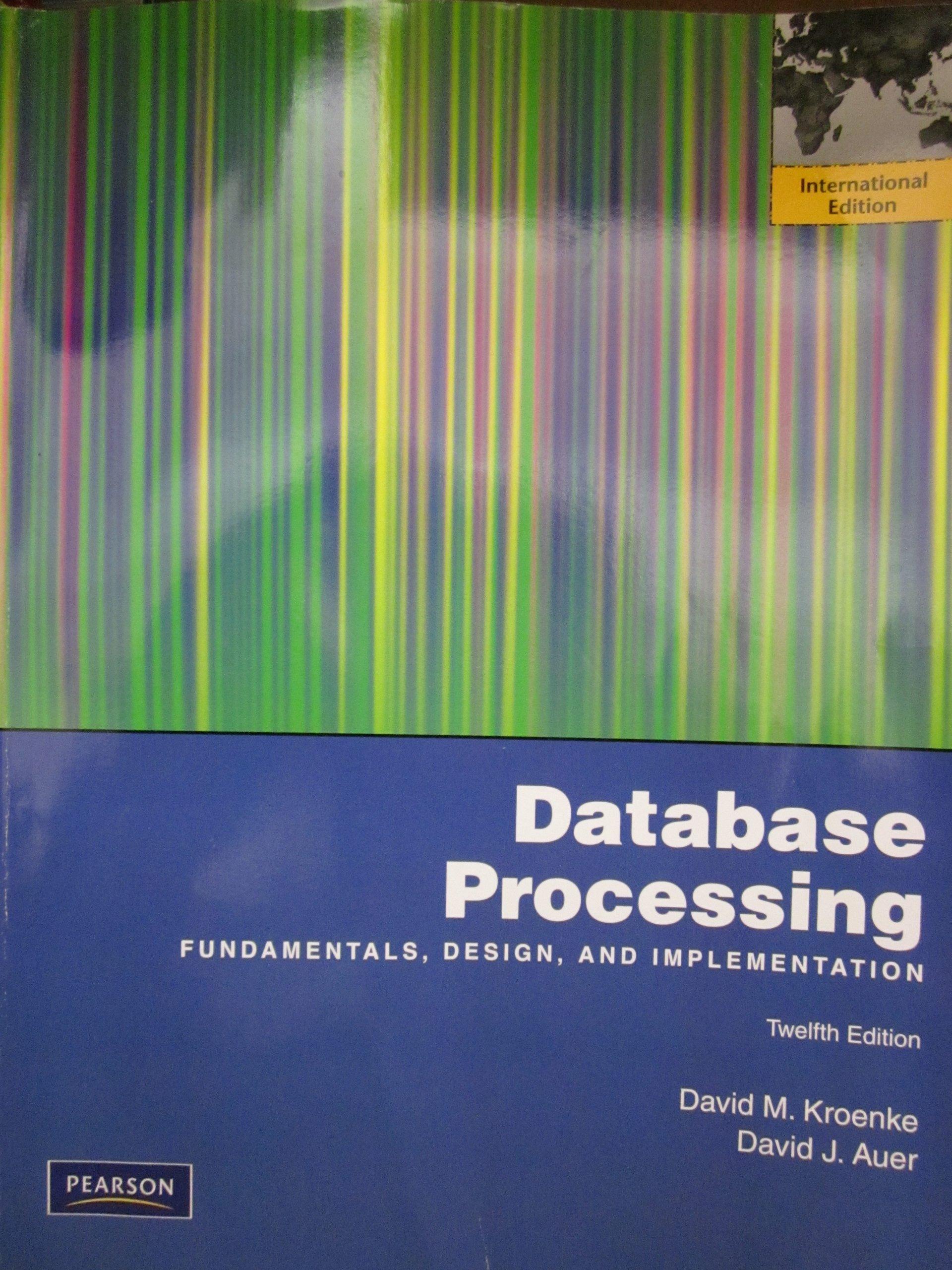Answered step by step
Verified Expert Solution
Question
1 Approved Answer
I've made my code for the following problem and the function for area of the parachute. As of right now, I'm having trouble calling the
I've made my code for the following problem and the function for area of the parachute. As of right now, I'm having trouble calling the area function in the parachute 4 file. I want to think its the variable I have set for tdeploy, but I do not know how to fix it to make it work.






Step by Step Solution
There are 3 Steps involved in it
Step: 1

Get Instant Access to Expert-Tailored Solutions
See step-by-step solutions with expert insights and AI powered tools for academic success
Step: 2

Step: 3

Ace Your Homework with AI
Get the answers you need in no time with our AI-driven, step-by-step assistance
Get Started


